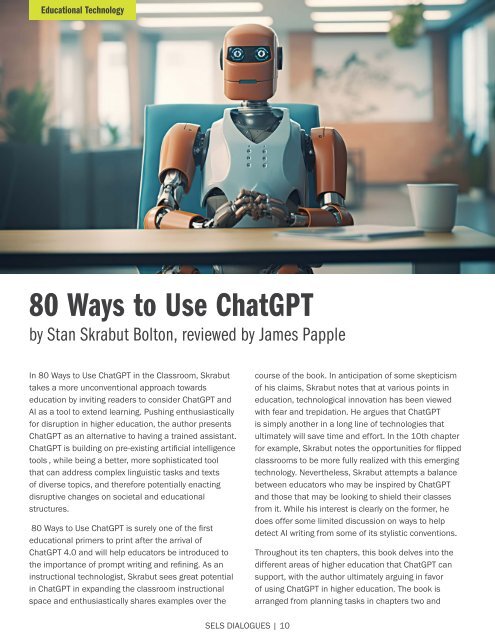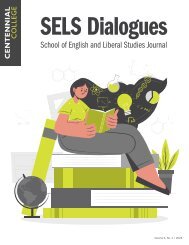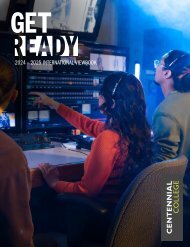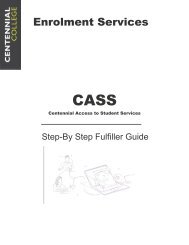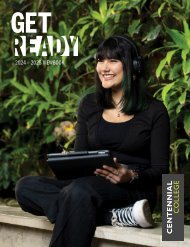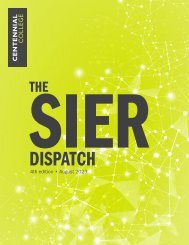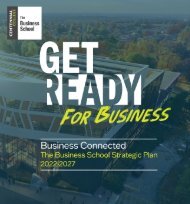SELS Dialogues Journal Volume 3 Issue 1
A diverse collection of articles, each offering a unique perspective and contributing to the ever-expanding landscape of knowledge and creativity.
A diverse collection of articles, each offering a unique perspective and contributing to the ever-expanding landscape of knowledge and creativity.
Create successful ePaper yourself
Turn your PDF publications into a flip-book with our unique Google optimized e-Paper software.
Educational Technology<br />
80 Ways to Use ChatGPT<br />
by Stan Skrabut Bolton, reviewed by James Papple<br />
In 80 Ways to Use ChatGPT in the Classroom, Skrabut<br />
takes a more unconventional approach towards<br />
education by inviting readers to consider ChatGPT and<br />
AI as a tool to extend learning. Pushing enthusiastically<br />
for disruption in higher education, the author presents<br />
ChatGPT as an alternative to having a trained assistant.<br />
ChatGPT is building on pre-existing artificial intelligence<br />
tools , while being a better, more sophisticated tool<br />
that can address complex linguistic tasks and texts<br />
of diverse topics, and therefore potentially enacting<br />
disruptive changes on societal and educational<br />
structures.<br />
80 Ways to Use ChatGPT is surely one of the first<br />
educational primers to print after the arrival of<br />
ChatGPT 4.0 and will help educators be introduced to<br />
the importance of prompt writing and refining. As an<br />
instructional technologist, Skrabut sees great potential<br />
in ChatGPT in expanding the classroom instructional<br />
space and enthusiastically shares examples over the<br />
course of the book. In anticipation of some skepticism<br />
of his claims, Skrabut notes that at various points in<br />
education, technological innovation has been viewed<br />
with fear and trepidation. He argues that ChatGPT<br />
is simply another in a long line of technologies that<br />
ultimately will save time and effort. In the 10th chapter<br />
for example, Skrabut notes the opportunities for flipped<br />
classrooms to be more fully realized with this emerging<br />
technology. Nevertheless, Skrabut attempts a balance<br />
between educators who may be inspired by ChatGPT<br />
and those that may be looking to shield their classes<br />
from it. While his interest is clearly on the former, he<br />
does offer some limited discussion on ways to help<br />
detect AI writing from some of its stylistic conventions.<br />
Throughout its ten chapters, this book delves into the<br />
different areas of higher education that ChatGPT can<br />
support, with the author ultimately arguing in favor<br />
of using ChatGPT in higher education. The book is<br />
arranged from planning tasks in chapters two and<br />
<strong>SELS</strong> DIALOGUES | 10


